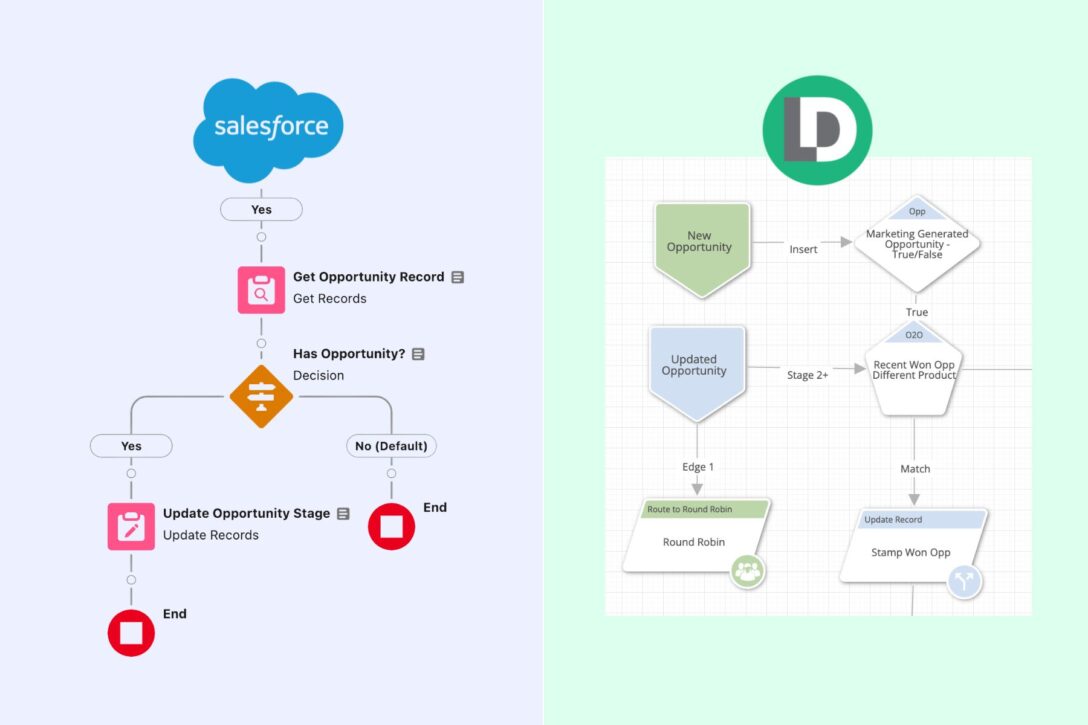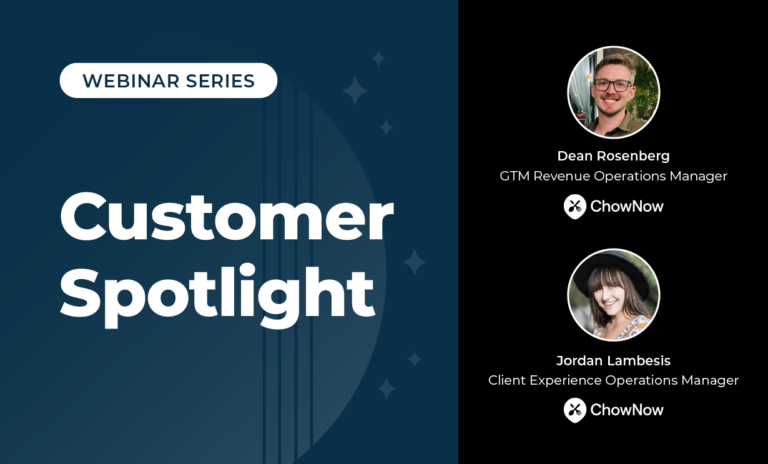If you’ve ever built a lead management system from scratch inside Salesforce, you know the deal.
It starts simple. A couple of flows, maybe a spreadsheet or two. A few assignment rules. Things work fine for a while.
Then your GTM strategy grows.
You add new products, more sales reps, maybe partners. Suddenly, that system of custom objects, workflows, and duct-taped spreadsheets starts to show cracks.

Why Homegrown Works — Until It Doesn’t
There are good reasons people build their own systems and flows. It keeps everything in Salesforce and gives you control over security. It avoids new software costs and appears flexible, at least at the beginning.
But over time, most homegrown lead management systems become hard to maintain and easy to break.
Some common challenges include:
- Salesforce Flows that require Apex code for advanced use cases
- Manual data entry that introduces errors and inconsistencies
- Lack of documentation when admins move on
- Routing logic becomes hard to update or troubleshoot
As businesses scale, these fragile systems start to cost more in time and risk than they save in money.

The Hidden Costs of DIY
When you’re managing GTM execution with custom-built solutions, you may not see all the costs upfront. But they add up.
Admin hours get spent troubleshooting. IT gets bogged down with minor change requests. Sales teams wait longer for lead routing. And inconsistent processes cause data quality issues.
In some cases, entire teams spend their time babysitting a system instead of optimizing it. One organization had nine people maintaining a homegrown solution. That kind of resource drain holds back GTM agility.
What Happens When Only One Person Owns It
Many companies run into the same issue: one person knows how the whole system works. They become the only person who can make changes or fix errors.
This creates risk.
- What happens if that person leaves?
- How long does it take to onboard someone new?
- Can the system evolve with the business?
Over time, the lead management system becomes a liability.

The “Build vs. Buy” Moment
Eventually, every team hits a crossroads. They realize they need to either keep building and maintaining their own solution, or buy a tool that’s purpose-built for GTM execution.
This is the classic build vs. buy decision.
And it’s not just about cost.
- It’s about agility. Can you change routing rules without breaking everything?
- It’s about scale. Will your system handle growth, acquisitions, or new markets?
- It’s about accuracy. Are leads getting to the right place, every time?
The longer teams delay this decision, the harder it is to keep up with GTM complexity.
Why Purpose-Built Lead Management Platforms Matter
A purpose-built GTM execution platform is designed to handle the workflows and data structures RevOps teams actually use. These platforms typically support complex routing, buying groups, and lead-to-account matching.
They offer no-code interfaces for fast updates and provide visibility into lead flows with audit logs. They also scale with your team without constant IT support.
More importantly, they reduce the risk of revenue-impacting errors.
Things to Consider Before You Build More
Before adding to your current homegrown system, ask yourself a few key questions:
- How many hours do we spend on maintenance each month?
- Can multiple people manage and troubleshoot the system?
- What happens if our Salesforce admin changes?
- Are we hitting our SLAs for lead response?
If you answer “no” or “not sure” to any of these, it might be time to reconsider.
A Better Way to Grow
Homegrown lead management systems aren’t bad. They just aren’t built for long-term growth.
As GTM motions become more complex, the tools that support them need to evolve too.
So, if your team is spending more time fixing your system than running it, you might not have a tech problem. You might have a strategy problem.
And, solving that starts with choosing the right platform for your future — not just your past.











